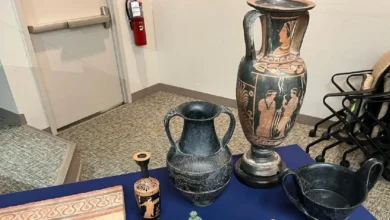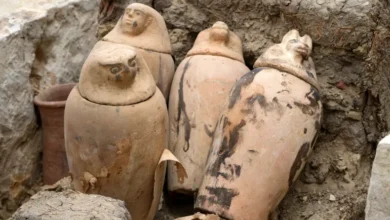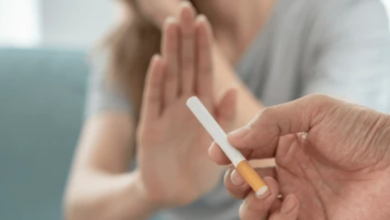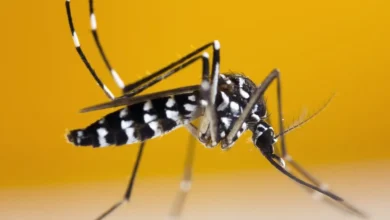US top doctor wants cancer warning on alcohol: What does the science say?
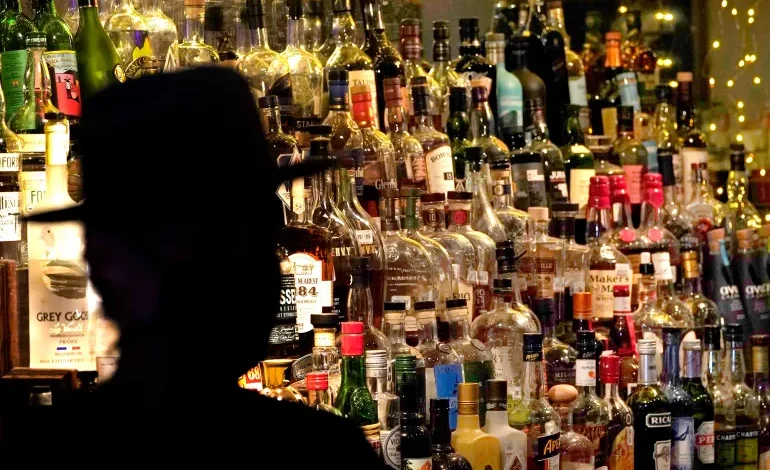
United States Surgeon General Dr Vivek Murthy has reignited a public health debate by proposing cancer warning labels on alcoholic beverages.
Murthy’s proposal accompanied a new advisory (PDF) highlighting growing evidence linking alcohol consumption to several types of cancer.
Why is this call for warning labels significant, and what does the science say about the risks associated with drinking?
Why is the US surgeon general calling for cancer warnings on alcohol bottles now?
The current text-only alcohol warning labels, introduced in 1988, address pregnancy risks and impaired driving but fail to mention cancer risks.
Murthy argues these labels are outdated and insufficient given today’s understanding of alcohol’s health impact.
“For individuals, be aware that cancer risk increases as you drink more alcohol,” Murthy wrote on Friday on the social media platform X. “As you consider whether or how much to drink, keep in mind that less is better when it comes to cancer risk.”
How big a cancer risk is alcohol?
The report (PDF) from the surgeon general claims that alcohol consumption in the country is directly linked to approximately 100,000 cancer cases and 20,000 deaths annually. It is also the third leading preventable cause of cancer, following tobacco use and obesity.
Similar findings have also been published in other parts of the world. In 2018, alcohol consumption was linked to 180,000 cancer cases and 92,000 deaths in the World Health Organization’s European region, accounting for 4.2 percent of all cancer cases.
In China, alcohol consumption is linked to 93,596 cancer cases (3.6 percent of total cases) and 78,881 cancer deaths (4.4 percent of total deaths), with men being significantly more affected than women. Women in China typically consume alcohol much less than men.
Other studies have also demonstrated this link. One published in the British Journal of Cancer analysed data from 572 studies involving 486,538 cancer cases, establishing alcohol as a key carcinogen that damages DNA and disrupts cell repair.
Despite these concerns, public awareness remains low — only 45 percent of Americans recognise alcohol (PDF) as a cancer risk, compared with 91 percent for tobacco.
How much alcohol does it take to raise cancer risk?
There is no “safe” level of alcohol consumption when it comes to cancer risk. The WHO and other public health bodies stress that even small amounts can harm health.
For instance, consuming two drinks per day is linked to an increased lifetime risk of developing cancer in about five out of 100 women and three out of 100 men, according to data in US surgeon general advisories.
Will the warning curb drinking?
The surgeon general proposes updated warning labels on alcoholic beverages, drawing parallels to cigarette warnings, which studies have linked to reduced smoking rates. However, there are some doubts over how effective text warnings are.


